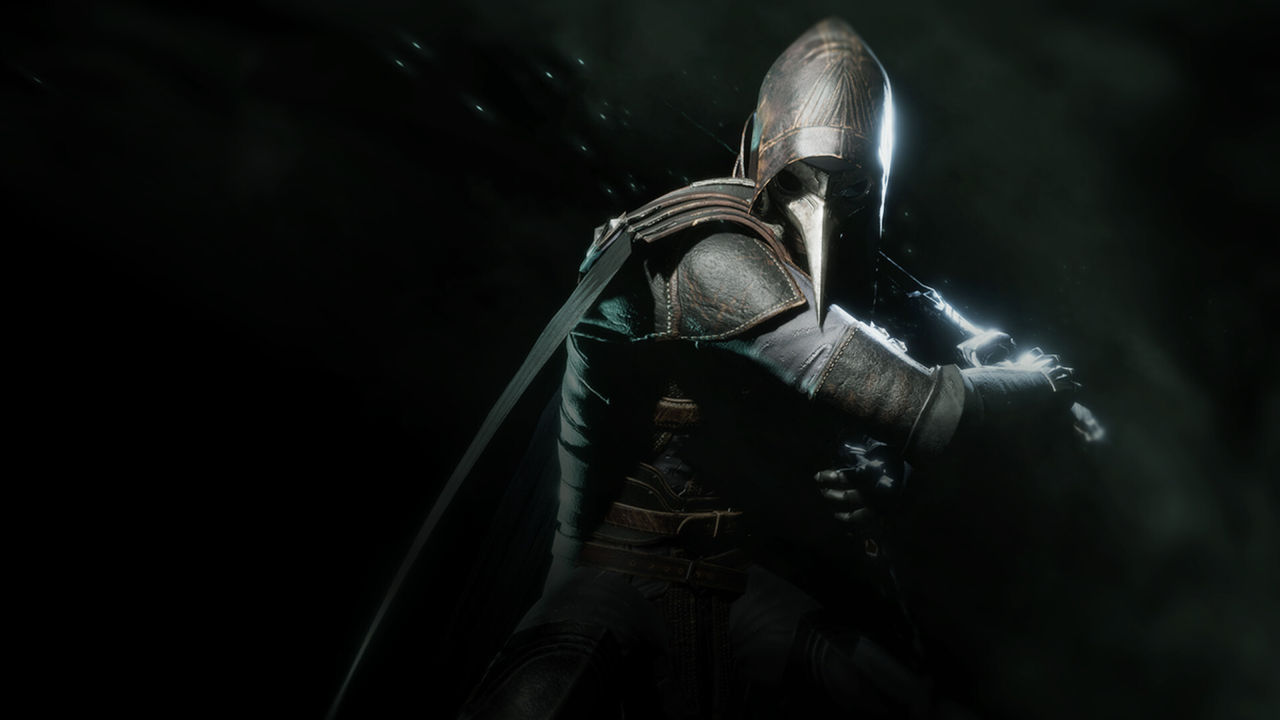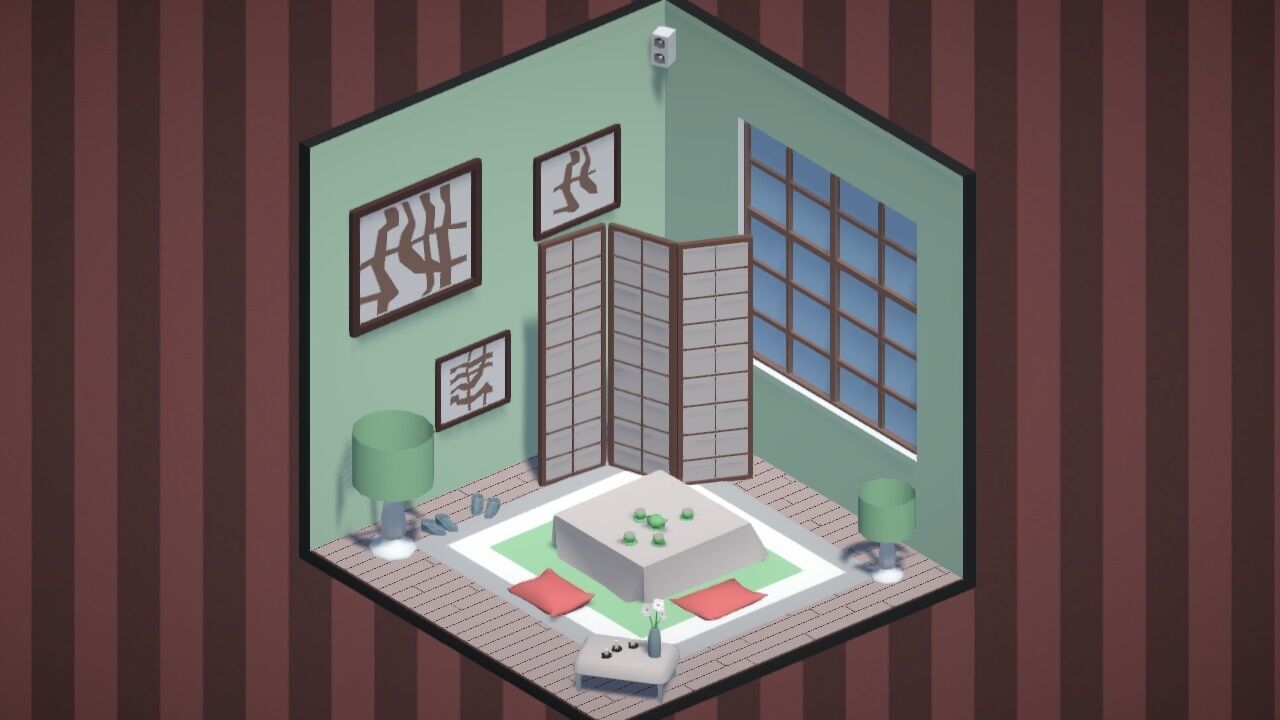




Thymesia’s levelling system initially feels like simplified ‘Souls fare. Many are heavy weapon strikes but some apply status effects to your sabre or feather attacks. These are situational secondary tools that offer a trade-off between energy costs, damage, and animation length, and are often essential for finishing off bosses or mini-bosses.
Thymesia xbox series x upgrade#
The energy pool is used to summon upgradeable plague weapons or abilities at any point, which you can upgrade by collecting the associated weapon shards from fallen foes. Basic attacks inflict wounds before removing health so you’re encouraged to mix plague claw strikes into your combos to strip away total health, gain energy, or finish off an enemy with a charged attack to gain a single-use plague weapon. There’s a satisfying wound system that becomes essential to defeating tougher enemies and bosses. Success is all about moving in for a few strikes, dashing out of range, parrying when possible, and interrupting critical strikes to open gaps in enemy defence. It looks and feels great, combos flow together, and there’s no stamina bar to worry about. Onto the meat of the game and Thymesia’s combat, after a few upgrades, can feel like it was pulled from a dedicated action game and transplanted into a ‘Souls-like framework. It’s a good thing too as the fast-paced combat – inspired more by Bloodborne than Dark Souls – relies on responsive inputs and minimal latency. Thymesia also runs well across a variety of platforms, even on the budget Xbox Series S which holds a 60fps framerate and only rarely drops inputs. On the audio front, attacks, parries, and executions sound meaty and impactful, while the music sounds like twisted variants of common fairytales themes. Thymesia gets a lot of mileage out of each of the four regions and if you tackle sub-missions – which eventually unlock an optional boss – you’ll be retreading the same space with only a few new paths and shortcuts. Each region has a distinct aesthetic and atmosphere, though they’re discrete levels that lack sweeping vistas or a sense of interconnected space. Character movement, combat animations (especially executions and special attacks), and enemy designs look good. Thymesia is a visually stylish and attractive game, though it’s not pushing any boundaries. It’s just not always a good fit for a genre. Now that said, I don’t want it to come across as if Thymesia has nothing going for it as the combat can be fun. If you tough it out and defeat the first boss – both phases, back-to-back, with a large moveset, and a low-health super that can wreck an otherwise good attempt – your reward is a game that fluctuates wildly in difficulty. In contrast, Thymesia’s opening hour feels designed to kick you in the teeth repeatedly while giving you no alternative but to grind only one area to improve your stats and gear. Often, there are multiple paths and encounters at any given time if you run into a seemingly insurmountable difficulty spike. There’s a steady escalation of encounter complexity and difficulty that challenges you, but also motivates you to push forward and keep testing the limits of your skill or build. However, like so many other attempts at emulating FromSoftware’s iconic title, it’s obvious designing a game to be both challenging and rewarding is no easy task.Ī good ‘Souls-like features difficult boss fights but they can always be bested through pattern recognition, improving player skill, and an evolving character build. If I could purge my memories of the opening hour and first major boss encounter, it would be easier to recommend Thymesia (OverBorder Studio/Team17) as one of the better 3D ‘Souls-like games to emerge in some time – especially when you consider it comes from a tiny Taiwanese studio on a limited budget.


 0 kommentar(er)
0 kommentar(er)
